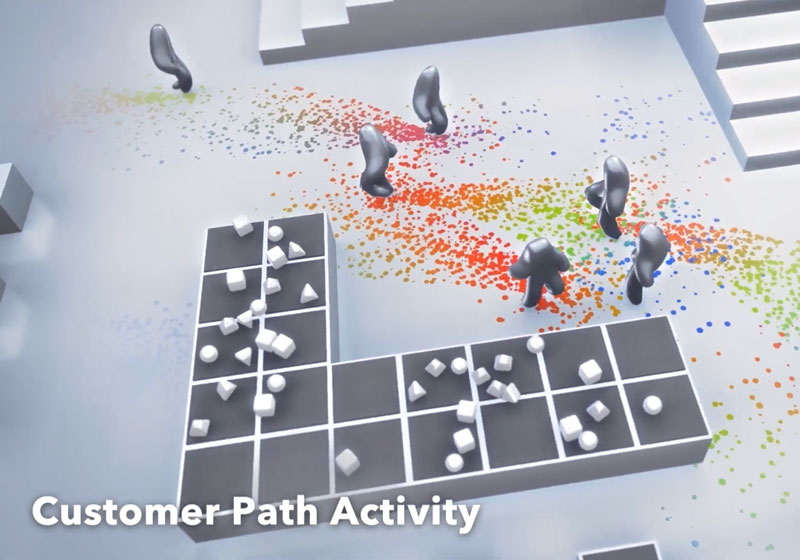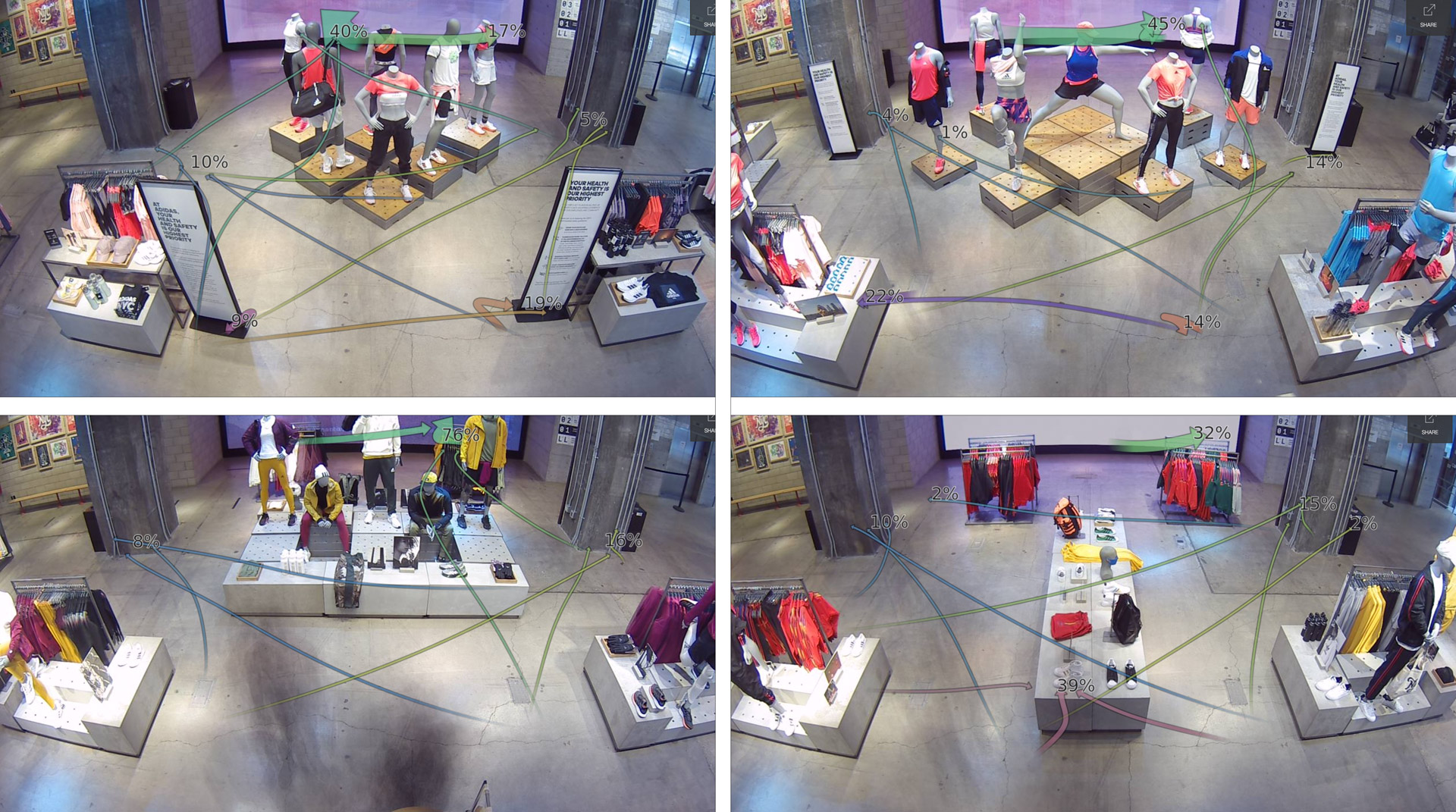Retail marketing is transforming. It’s becoming more and more important, more tech-oriented, unfolds in more and more fields and it is more integrated than ever with other departments.
Daily work in marketing is so diverse (pretty much why we love it!) and dynamic, we depend on external parties – agencies, partners, consultants – that it is almost impossible for most teams to organize activities and campaigns within reasonable and predictable time frames.
Now, we know retail marketing needs a new styling, that matches its powerful personality – a way to increase efficiency and to turn expedite large projects into easy to monitor tasks.
Well, here it is – the BIGinRetail lean retail marketing framework.

Lean philosophy originates from Toyota’s Manufacturing System (TMS), also known as the Toyota Way. Because of the enormous success, later the concept was implemented by the American automobile manufacturers. For many years it was reserved for companies that were involved in the manufacturing of goods and products, and only about a decade ago Eric Ries begins a series of experiments based on the lean concept.
In his book “The Lean Startup,” Eric gives a more rigorous explanation of how these concepts helped him build IMVU – a platform for virtual avatars. According to different lean resources, at its core, the idea behind lean methodology is acting faster, iterating more frequently, and deliver value without wasting time and resources. Lean’s primary usage used to be in the manufacturing and now the software development industry, but we’re confident that it has its place in retail marketing as well.
What is lean retail marketing?
Recently, lean retail marketing has started to become popular and for a reason! Most retail marketers constantly change priorities and focus because of the nature of their job, the dynamic landscape of our profession doesn’t ease the situation.
“We as retail marketers are definitely in need of a framework to help us work more efficiently while not messing up our creative process.”.
The retail lean marketing framework is primarily focused on iteration, testing, and measurement as they are the core tenants of the lean methodology. It allows for flexibility, smooth coordination with other departments, such as sales, production, or partnerships, and gives incredible simplification of complex projects.
‘Transformation’ may sound like a tough and time-consuming activity for many. However, following the BIGinRetail method and its principles, will guide your process to a healthy flow within 14 days. However, it will require the discipline and desire for improvement of your team.
Now, you may think that the lean retail marketing framework is the popular model Acquisition -> Activation -> Retention -> Referral -> Revenue, which is partly true. However, what makes a retail marketing team lean is the way it works and the way it measures.
Lean retail marketing strategy is the solution to immeasurable results.
“We all know that if you can’t measure it, you can’t improve it and now we have the opportunity to make our process a tool allowing us to influence results due to empiric data and scientific analysis. Guessing and estimating are replaced by data-driven analysis and measurable outcomes”.
What makes the lean retail marketing framework different from traditional marketing?
In traditional marketing, the final product is determined beforehand, and teams can’t adjust and adapt throughout the creation process. In other words, the great marketing plan.
Sometimes, marketing specialists start to repeat certain activities until the end of time without measuring success regularly. Shoppers’ interest is not constant, and they often disengage pushed away by not precisely targeted personalized or creative messages.
Here lies the most valuable cornerstone of lean retail marketing – continuous improvement, testing and learning more, never taking a good trend for granted and always seeking perfection.
To put it in practice, BIGinRetail lean retail marketing relies on the following key points:
- Turn your team into a lean retail machine (feedback loops) to discuss what’s working, what’s done, and what’s keeping your team from doing more. Sync every single week what is happening between the team members by keeping them on the same page. Every member must share: what they have done the week before, what they will do this week and what are the challenges they have faced or think will face. The weekly stand-ups are an essential part of turning your marketing team into a lean machine. Besides helping your team always be in sync, they also help you find and resolve members’ challenges before they turn into problems. One of the most valuable sides of the weekly stand-ups is that they help you enable the culture of peer-to-peer learning, so crucial for every organization to success.
- Stay focused. The lean retail marketing strategy encourages people to be focused and work on single tasks. Multitasking is a taboo here because it only lowers productivity levels. Focus is a key ingredient of lean, and by using Ignite Prism’s software, you can enhance it even further. If you have to work on two tasks and you tackle them one-by-one, you will finish them way faster than if you are doing them simultaneously. This is why multitasking doesn’t work! Well, in real life, the picture is a bit different, especially if you are dealing with people. There is always something more important, so in the end, you have to switch between multiple tasks, but this doesn’t mean you can’t optimize the process. Continuous improvement. Remember? By limiting the work in progress, you can easily minimize the context switching and by that finish things faster and faster.
- Don’t absolutize your plan. Eisenhower said that „Plans are nothing; planning is everything.“ and this is absolutely the case here. Plans are handy because they show North for the team but being lean is about being flexible, so you have to find the right balance between following a given plan blindly and discharging it completely. In the context of Eric Ries’s methodology, this is called “pivoting.“
“The decision whether you should pivot or preserve your current state must be backed up by data and not be the result of impulsive urge”.
Elements of a lean marketing strategy
Okay. We call it a strategy because switching to a lean marketing process is a strategical move that will completely change the way your team works. There are a few elements, typical for lean retail marketing. Knowing them at the beginning will allow you to apply it more easily to the current flow of your process. Without any frustrating changes, Lean advises you to start with what you do now. Work with what you have and gradually build upon it.
- Personas. Identify who you are trying to engage with. This eliminates the chances of participating in wasteful communications that are not targeted.
- A marketing process that upholds analytics and iteration.
- Measurement. Analytics that can measure behaviors and interactions.
- Testing and measurement tools. Marketing process automation, A/B testing, and lifecycle tracking to test and validate communications, design, and ideas.
- A refined approval process for publishing and launching. Lean retail marketing is always iterative. Build small ideas, take them to the market, measure results, learn, and repeat using the lessons learned.
What to expect within the first 3 months?
- Enhanced communication and no more, ‘he said, she said,’ as all the data is on the dash.
- No more information loss.
- Remote team members are more included in the work process and take on more initiative and responsibility.
- Encouraged knowledge-sharing for the sake of continuous improvement.
- Substantially increased efficiency.

